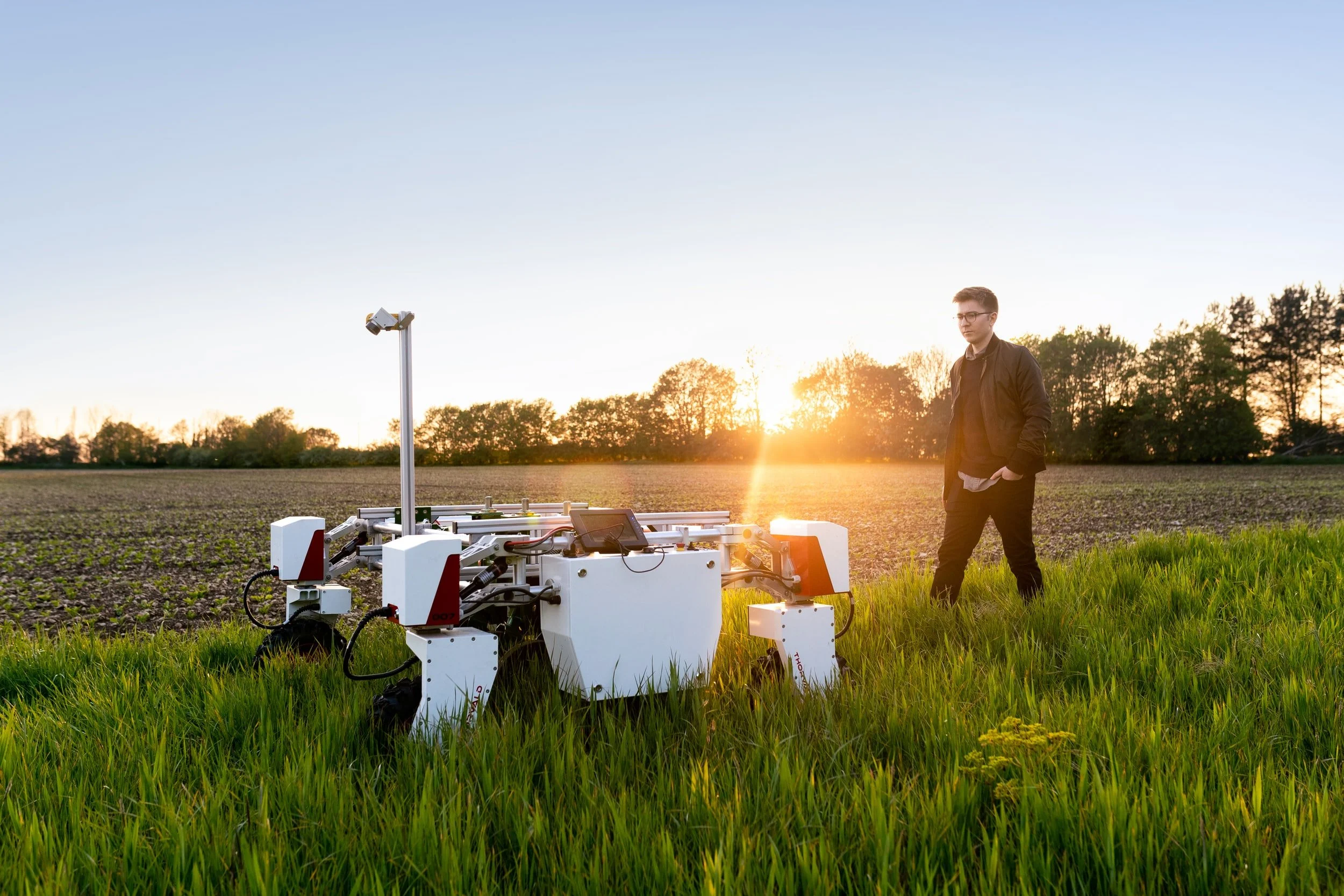Harnessing the Best of Automation While Minimizing the Downside Risks
The pandemic and economic disruptions have accelerated the adoption of automation technologies that will introduce important benefits to businesses and consumers but may also create disruptions for many workers and communities. Policymakers and leaders can take steps now to help navigate these disruptive changes.
Automation covers a broad range of technologies and advances in artificial intelligence (AI) and robotics that are deployed in novel ways to increase productivity or expand business capabilities. The Federal Reserve’s most recent Beige Book included observations from several districts noting that companies facing labor shortages were turning to automation as a solution. A McKinsey survey of 800 business executives found that 85 percent were accelerating their digitization and automation as a result of COVID-19. Companies across North America also spent a record $2 billion for almost 40,000 robots in 2021.
These new technologies are increasingly being deployed in a wide range of economic sectors. For example, in agriculture, drones such as the Agras MG-1 can provide precision irrigation for over 6,000 square meters of farmland in just under 10 minutes. John Deere is piloting autonomously driving tractors that can plow fields and plant crops with minimum human interaction. The autonomous robot created by Carbon Robotics can kill 100,000 weeds per hour, leading to increased crop yields, and reduce the use of pesticides by using nothing but lasers.
These and other innovations will bring numerous benefits to businesses and consumers alike, but the transition could be disruptive to workers and communities. Policymakers should consider several actions to help harness the best of automation while minimizing the downside risks.
Community Dynamism. Policymakers and community leaders have a broad array of community development tools in their toolboxes, including Opportunity Zones, New Markets Tax Credits, and Coronavirus State and Local Fiscal Recovery Funds. But they should first take a step back and consider how to create the conditions for dynamism, which AEI’s Ryan Streeter notes is “a culture rooted in a taste for discovery and betterment [that] can shape—indeed, has shaped—our institutions and policies, from how we structure patents to how we tax capital investments.” It offers a conceptual way to think through, structure, and orient all the existing policies and projects aimed at strengthening communities.
Boost Research and Development. The US must continue investing and expanding research and development on emerging technologies, including AI, to power the next generation of smart technologies, robotics, and drones. Addressing the computer chip shortage is critical, including bolstering domestic manufacturing capabilities. Various proposals being considered in the Bipartisan Innovation Act will advance this important work.
Invest in Human Capital. Automation is eroding jobs further up the skills ladder, which is raising the skill level for every new job while creating entirely new lines of work. Boston Consulting Group and the Burning Glass Institute analyzed more than 15 million job postings to understand how skill requests changed from 2016 to 2021. They found an acceleration in the pace of change. Nearly three-quarters of jobs changed more from 2019 through 2021 (with a compound annual growth rate of 22 percent) than they did from 2016 through 2018 (19 percent). The main driver was found to be technology, which redefined jobs sometimes radically and sometimes more subtly. The US should strengthen its entire skills pipeline to ensure individuals have the skills these jobs require. Community college programs will need to align with these new trends and employer needs. Companies should also explore apprenticeships to provide work-based learning opportunities for individuals transitioning careers. Skilled immigration, through ideas such as Heartland Visas, can also bolster the human capital available to communities.
Broadband Build-Out. State and community leaders must begin preparing their broadband plans to make the most of the $65 billion in new broadband funding available through the Infrastructure Investment and Jobs Act. Connectivity enables smart devices and AI systems to talk to and coordinate with one another. It allows scaling of critical services, including telehealth and online job training. Leaders must begin developing their plans and priorities now to ensure projects support broader economic and community needs, prevent overbuilding, and ensure the funds build out future-proof infrastructure to underserved communities.
Regulatory Sandboxes. Policymakers should create regulatory sandboxes that invite experimentation with new technologies and automated systems. These are a win-win because they give policymakers the chance to better understand the new technologies they are responsible for regulating, while providing entrepreneurs and investors with clearer regulatory pathways and guardrails toward which they can develop. North Carolina launched a FinTech Regulatory Sandbox that allows pilot projects to test emerging technologies and business models, including technologies that would otherwise be illegal under existing regulations. Arizona created a regulatory pathway for safely developing and testing autonomous and connected vehicle technologies. These flexible regulatory environments can accelerate innovation and lead to smarter polices and regulations that protect consumers.
AI and automation will introduce important benefits to communities, businesses, and society. Policymakers and community leaders have important roles in helping to accelerate the use of these technologies while minimizing the disruption they pose for different communities.
